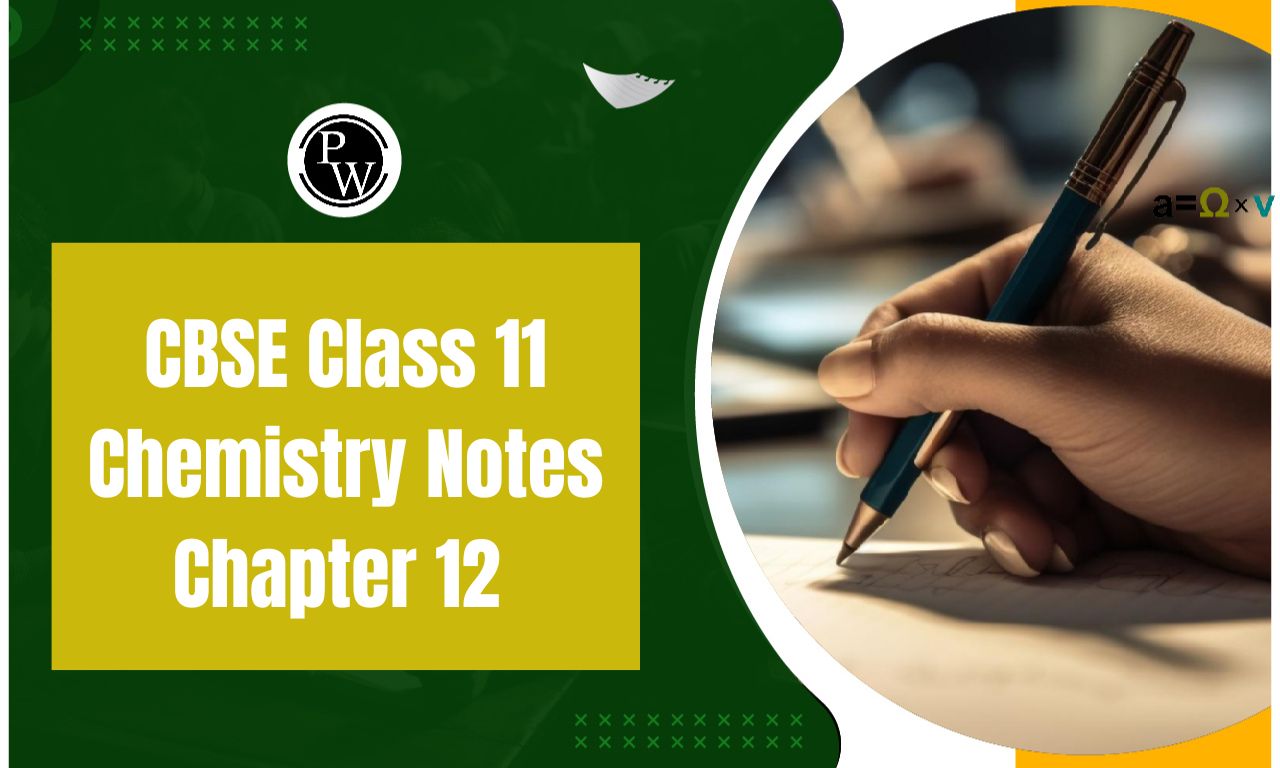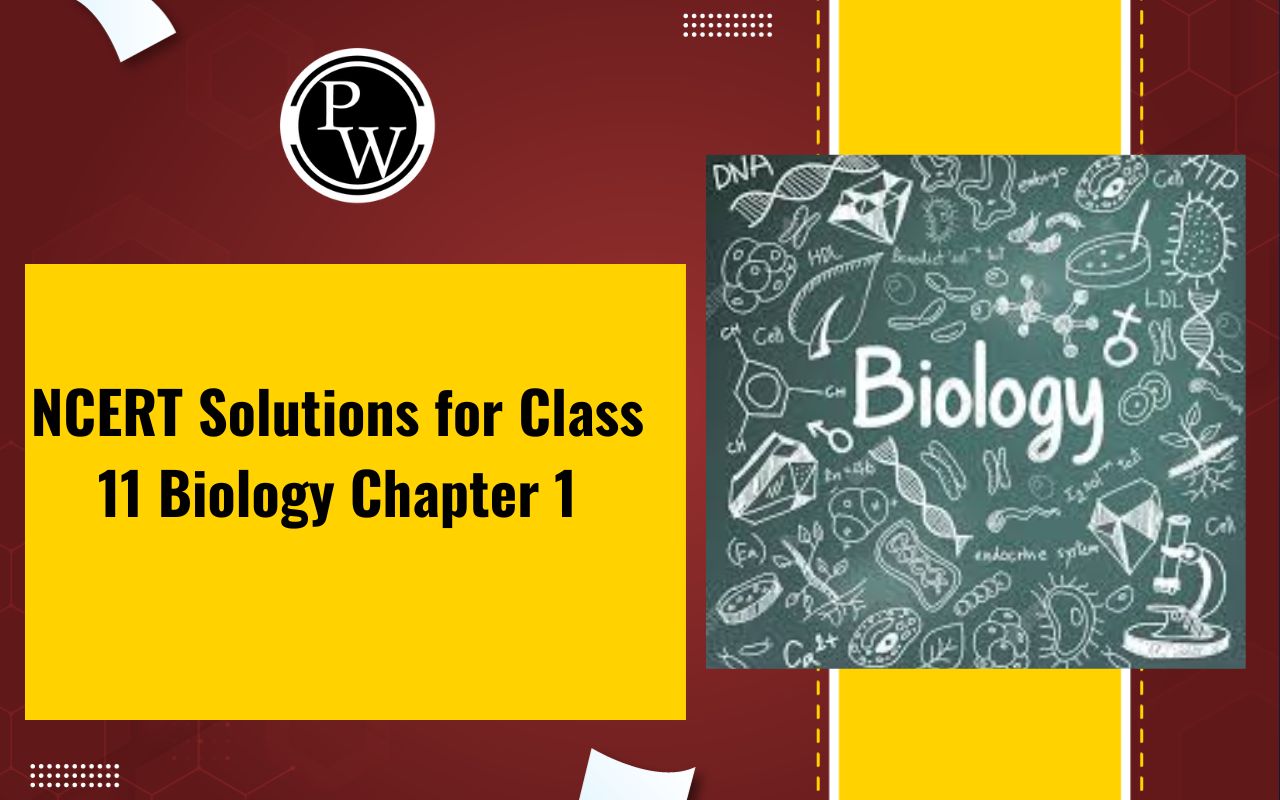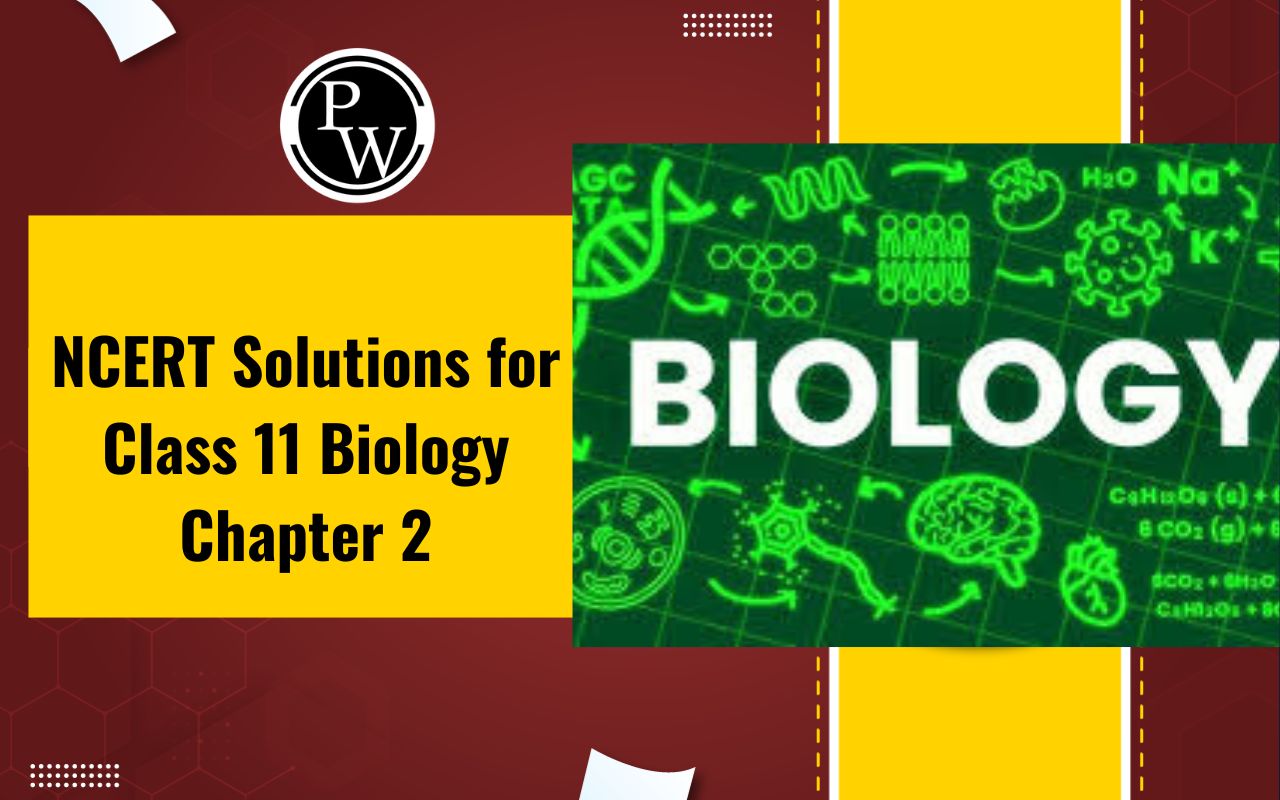
Important Questions for Class 7 Science Chapter 11: Chapter 11 of CBSE Class 7 Science focuses on light and its properties. Some important questions from this chapter include topics like the reflection of light, the laws of reflection, and the behavior of light in concave and convex mirrors.
These questions help students understand of how light travels, interacts with different materials, and forms images. Practicing these questions helps students gain a better understanding of light’s behavior and its practical applications in everyday life. Regular revision and solving these questions can help students prepare well for their exams.Important Questions for Class 7 Science Chapter 11 Overview
Chapter 11 of Class 7 Science focuses on the concept of light and its properties. In this chapter, students explore fundamental topics related to how light behaves, how it interacts with different materials, and its applications in daily life. The key concepts covered include reflection of light, the laws of reflection, the properties of concave and convex mirrors, and lenses. Students learn about the formation of images through mirrors and lenses, refraction of light, and the dispersion of light through prisms. The chapter introduces students to the formation of shadows and the conditions required for them. Understanding these topics is crucial for students to grasp the fundamental principles of optics and vision. The chapter emphasizes both theoretical understanding and practical applications, helping students to apply these concepts to real-world scenarios. Important questions from this chapter are created to test students knowledge on these topics, ensuring they can effectively explain and demonstrate their understanding in exams.Important Questions for Class 7 Science Chapter 11 PDF
For students preparing for their exams, the Important Questions for Class 7 Science Chapter 11 Light are invaluable. This PDF includes a comprehensive collection of key questions and answers covering all the crucial topics from the chapter. It helps in understanding the concepts of reflection, refraction, dispersion of light, and the properties of mirrors and lenses more effectively. Accessing this PDF will aid in revision and practice, ensuring a better grasp of the subject matter. Click the link below to download the PDF and enhance your exam preparation.Important Questions for Class 7 Science Chapter 11 PDF
Important Questions for Class 7 Science Chapter 11 Light
Here are the important questions beneficial for Important Questions for Class 7 Science Chapter 11 Light-Very Short Answer Questions: (1 Mark)
1. Light travels in a ________________ line.Ans: Straight
2. The direction of light can be changed by _______________.Ans: Reflection
3. A concave mirror is an example of a ______________ mirror.Ans: Spherical
4. A _______________ can be used to split light into 7 colours.Ans: Prism
5. A ________________ image can be obtained on a screen.Ans: Real
Short Answer Questions: (3 Marks)
1. Differentiate between a real image and a virtual image.
Ans:
Real Image: It can be formed on a screen and is always inverted.
Virtual Image: It cannot be formed on a screen and is always upright.
2. Explain Newton Disc.
Ans: The Newton disc, invented by Isaac Newton, is a spherical disc with 7 segments, each representing one colour of the rainbow (violet, indigo, blue, green, yellow, orange, red). When the disc is rotated, the individual colours blend to form white light, demonstrating that white light is a combination of these seven colours.
3. Explain how a concave mirror can be used to burn a piece of paper.
Ans: A concave mirror is a converging mirror. When sunlight passes through this mirror and hits the paper, it focuses the light to a single point. The concentrated energy from the focused light burns the paper.
4. Differentiate between Concave and Convex Lenses.
Ans:
Concave Lens: Thinner in the middle and thicker at the edges; it diverges light rays.
Convex Lens: Thicker in the middle and thinner at the edges; it converges light rays.
5. Demonstrate that Light Travels in a Straight Line.
Ans:
Step 1: Light a candle.
Step 2: Look at the burning candle through a straight pipe.
Step 3: Now, try to view the burning candle through a bent pipe.
Result: The light from the candle is visible through the straight pipe but not through the bent one, demonstrating that light travels in a straight line.
Long Answer Questions: (5 Marks)
1. Explain the Formation of a Rainbow.
Ans:
A rainbow is formed when sunlight passes through water droplets in the atmosphere after rainfall. The water droplets act like tiny prisms, refracting (bending) the sunlight and separating it into its component colours violet, indigo, blue, green, yellow, orange, and red. This process involves the reflection, refraction, and dispersion of light within the raindrops. The light is bent and split into these colours before exiting the droplet, creating a visible arc in the sky, which we recognize as a rainbow.2. List a Few Uses of Spherical Mirrors.
Ans:
Concave Mirror:
- Used in solar cookers to focus sunlight for cooking.
- Employed by dentists for focusing light.
- Utilized in torches and vehicle headlights as reflectors.
- Useful as shaving mirrors for enlarging images.
Convex Mirror:
- Commonly used as rearview mirrors in vehicles.
- Installed as security mirrors in various places to enhance visibility.
Benefits of Solving Important Questions for Class 7 Science Chapter 11
Important Questions for Class 7 Science Chapter 11 FAQs
What is light?
How does light travel?
What is reflection of light?
What is the difference between a real image and a virtual image?
What is a concave mirror and where is it used?










